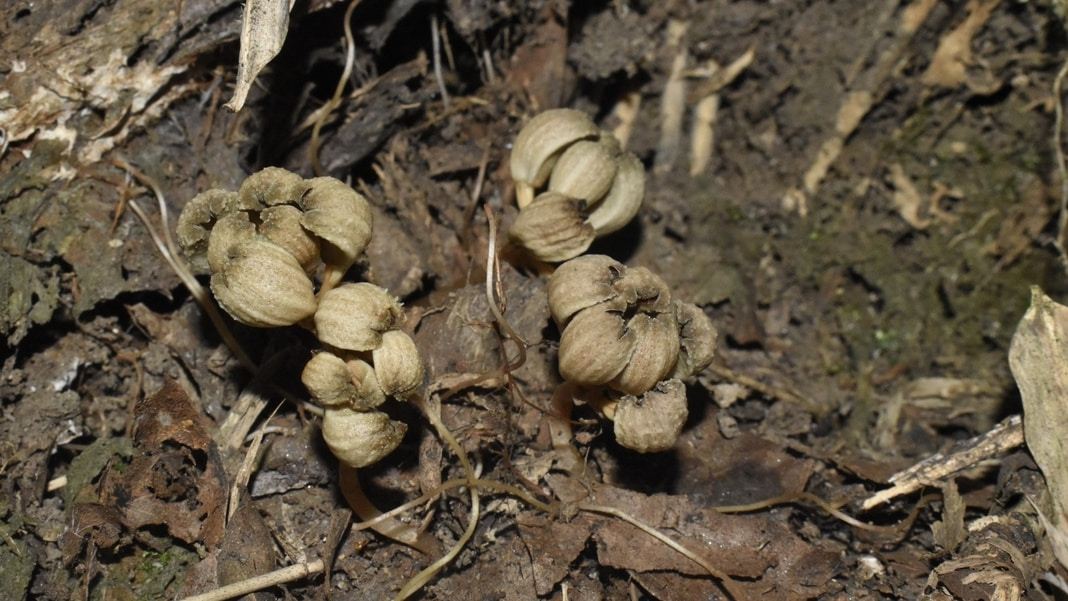Guwahati, Feb 19: You’ve seen orchids with dazzling blooms and lush green leaves. But what if an orchid had no leaves at all and survived in complete darkness, hidden beneath the forest floor? Meet nature’s underground wonders—orchids that rely entirely on fungi for their survival.
This finding is part of a remarkable trend in Indian botany, as five new fungus-feeding (mycoheterotrophic) orchids have been discovered in the country. These rare and highly specialized plants, which rely entirely on fungi for their nutrients, are redefining the way scientists understand plant-fungal interactions and forest biodiversity.
In the past year, the Sikkim and Darjeeling Himalayan regions have unveiled five remarkable holomycotrophic orchid species, thanks to the tireless efforts of a team of researchers from Sikkim University, GB Pant National Institute, the Botanical Survey of India, and the Regional Ayurveda Research Institute. Led by researcher Madhusudan Khanal, the team conducted rigorous fieldwork throughout the year in Sikkim and Kalimpong to locate these extremely elusive orchids.
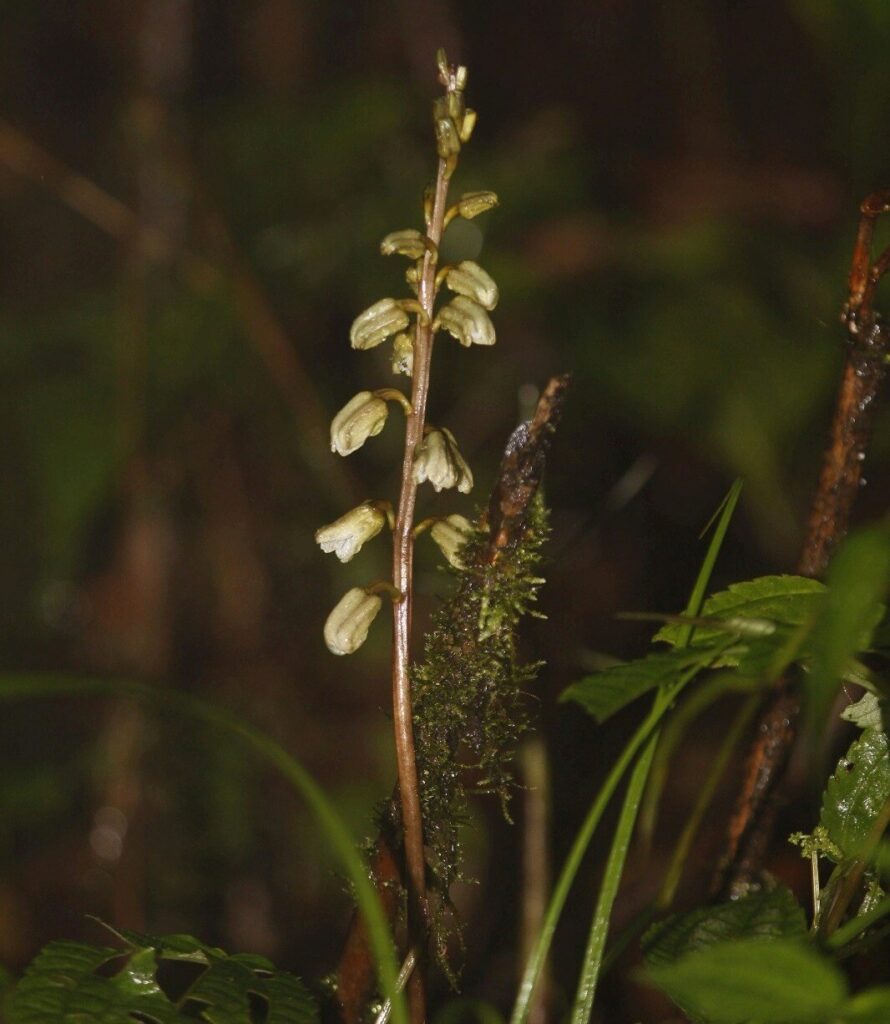
Among the discoveries are two entirely new species: Gastrodia sikkimensis and Gastrodia indica, named in honour of Sikkim and India. Additionally, Gastrodia bambu and the recently documented Gastrodia flavilabella have been recorded in India for the first time, along with a new genus record, Didymoplexiella siamensis.
Holomycotrophic orchids are unique because they lack chlorophyll and cannot photosynthesize. Instead, their rhizomes remain buried underground, slowly parasitizing and feeding from compatible soil fungi. After accumulating enough carbon for growth, the orchid’s flower spike emerges from the ground, blooming and fruiting for a very short period before retreating underground once again. This makes them incredibly difficult to detect, requiring specially trained eyes to spot them in dark, shady undergrowths.
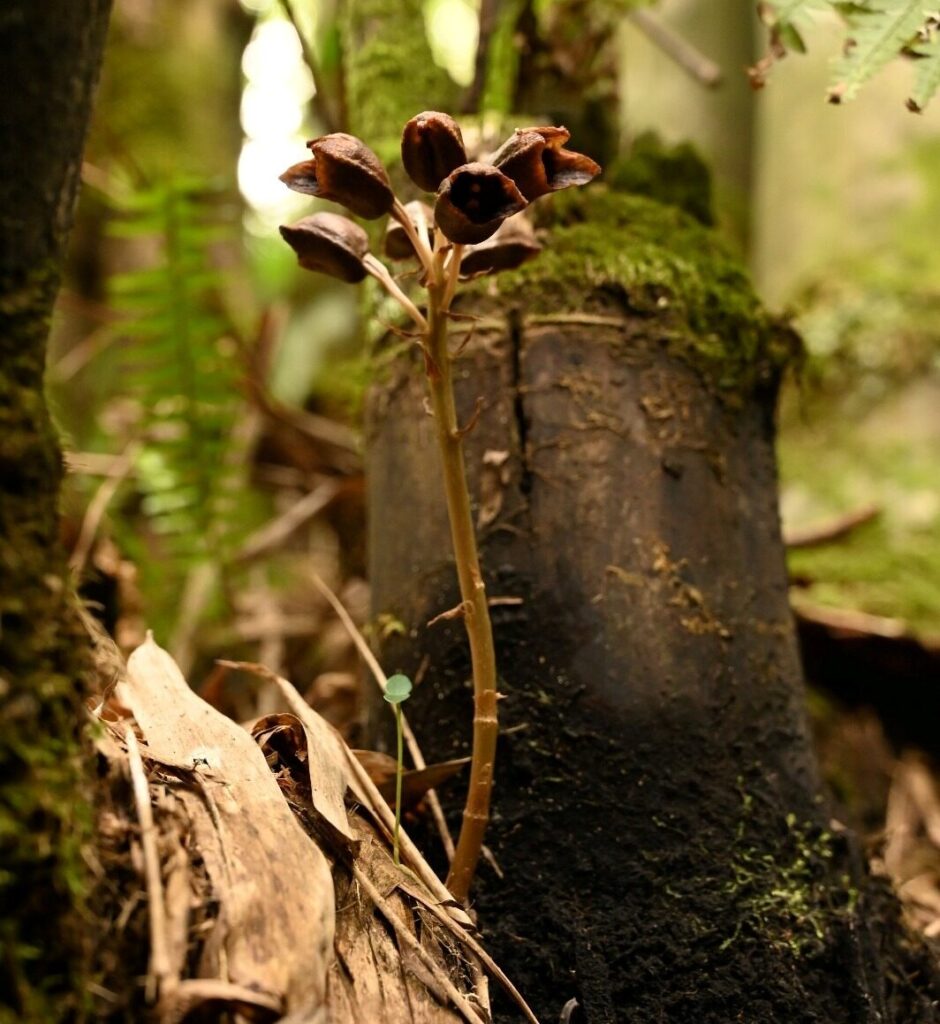
These orchids are critically endangered due to their small populations and habitat specificity. For example, fewer than 17 individuals of G. sikkimensis have been observed at a single site along Rey Khola in Gangtok, and fewer than 25 individuals of G. indica in Pangthang, Sikkim. Similarly, G. bambu has been found in small numbers at two sites in Kalimpong and Rey Khola, Gangtok; D. siamensis with only nine individuals at Rey Khola; and a mere four individuals of G. flavilabella in Barsey Rhododendron Sanctuary, West Sikkim.
Unfortunately, these species face significant threats from habitat loss and anthropogenic pressure. Due to their intricate dependency on specific fungal hosts, ex-situ conservation methods such as tissue culture or seed banking are ineffective—these orchids can only germinate and grow in their natural habitat.
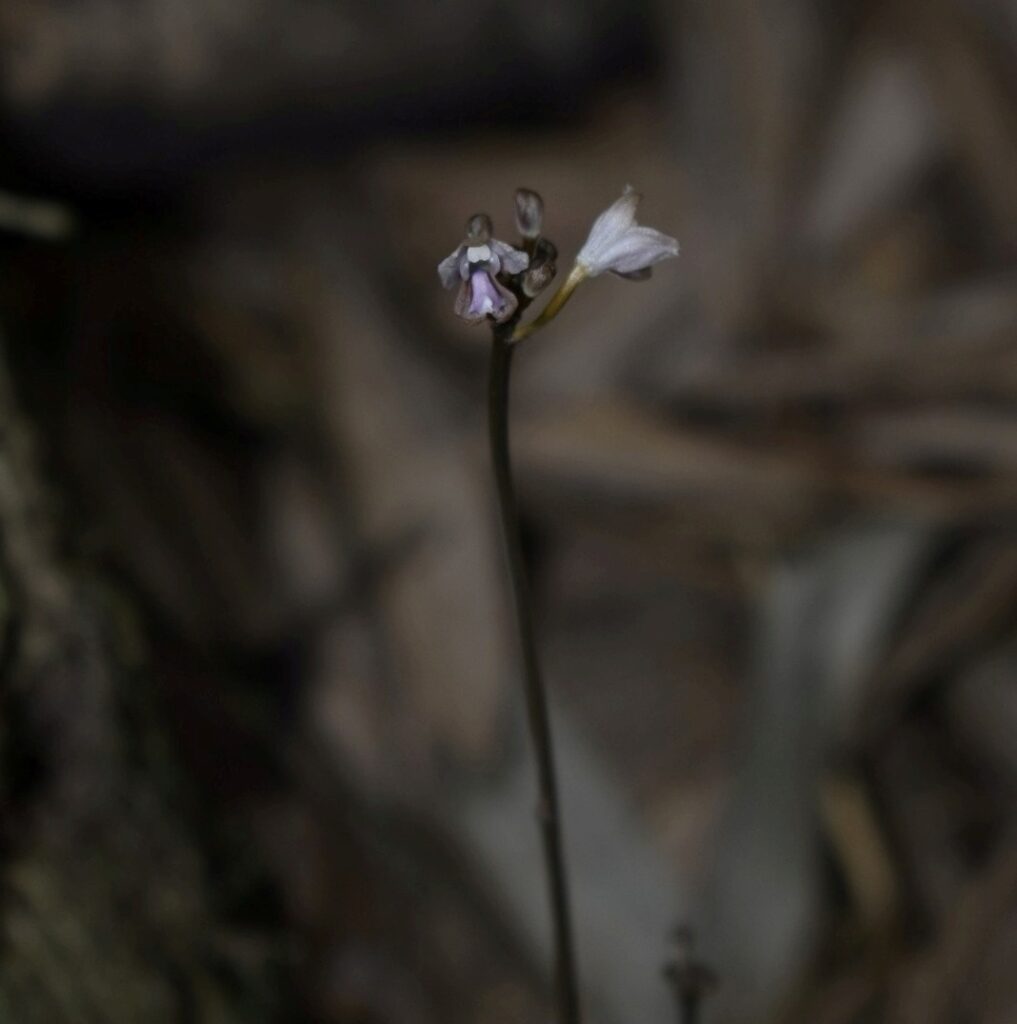
Notably, Gastrodia orchids contain gastrodin, a bioactive compound with important medicinal properties, including neuroprotective and anti-inflammatory effects. If more populations could be located through rigorous surveys, these orchids could serve as a vital source of novel therapeutically valuable compounds. However, to ensure their survival, it is crucial to protect the existing populations and their fragile habitats.
“The existence of Gastrodia flavilabella in India is a major botanical milestone. Its presence in the Sikkim Himalayas highlights the region’s rich but fragile biodiversity,” said lead researcher Kingsuk Sarkar of the Regional Ayurveda Research Institute, Gangtok. “Given its dependency on specific fungal associations, any disturbance to its habitat could endanger its survival.”
The wave of recent discoveries, including five new mycoheterotrophic orchids, suggests that India’s forests harbor even more hidden botanical treasures. Scientists are now urging increased exploration and conservation efforts to identify and protect these fragile species before habitat destruction drives them to extinction.
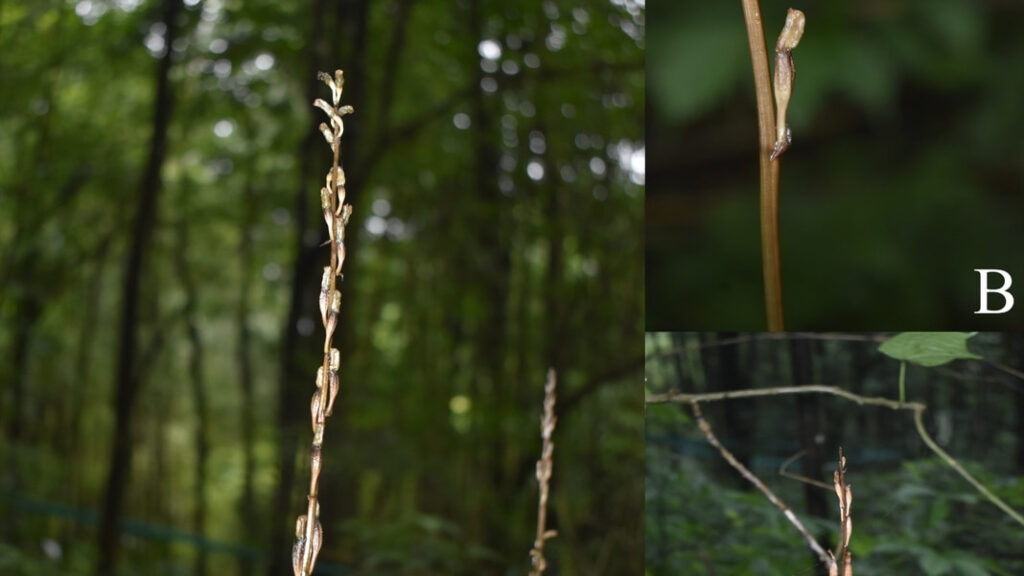
This finding is particularly crucial as Gastrodia flavilabella has now been classified as Endangered under IUCN guidelines. With only three known subpopulations in the world, including those in Taiwan and Tibet, conservation efforts are imperative. The study warns that habitat loss due to tourism and other anthropogenic activities poses a significant threat to the species’ continued existence.


The discovery calls for heightened conservation efforts, including habitat protection and further research into the plant’s mycorrhizal relationships. Scientists emphasize the need for more extensive surveys to determine whether additional populations exist in India and to develop strategies for preserving these unique orchids.
The Sikkim and Darjeeling Himalayan regions are emerging as hotspots for holomycotrophic orchids. Protecting these rare and scientifically valuable species is an urgent conservation priority. As researchers continue to unravel the mysteries of holomycotrophic orchids, the presence of Gastrodia flavilabella in India serves as a reminder of nature’s hidden wonders—and the delicate balance required to protect them.
Read: Four insurgent cadres arrested in multiple operations in Manipur
WATCH:
Find latest news from every corner of Northeast India at hubnetwork.in, your online source for breaking news, video coverage.
Also, Follow us on-
Twitter-twitter.com/nemediahub
Youtube channel- www.youtube.com/@NortheastMediaHub2020
Instagram- www.instagram.com/ne_media_hub
Download our app from playstore – Northeast Media Hub



